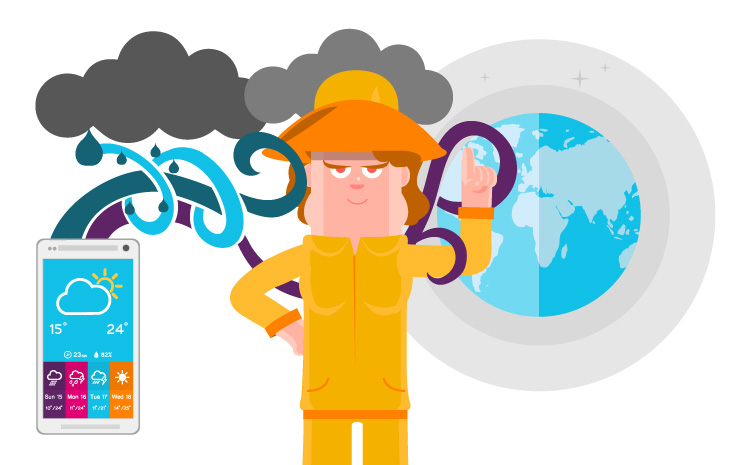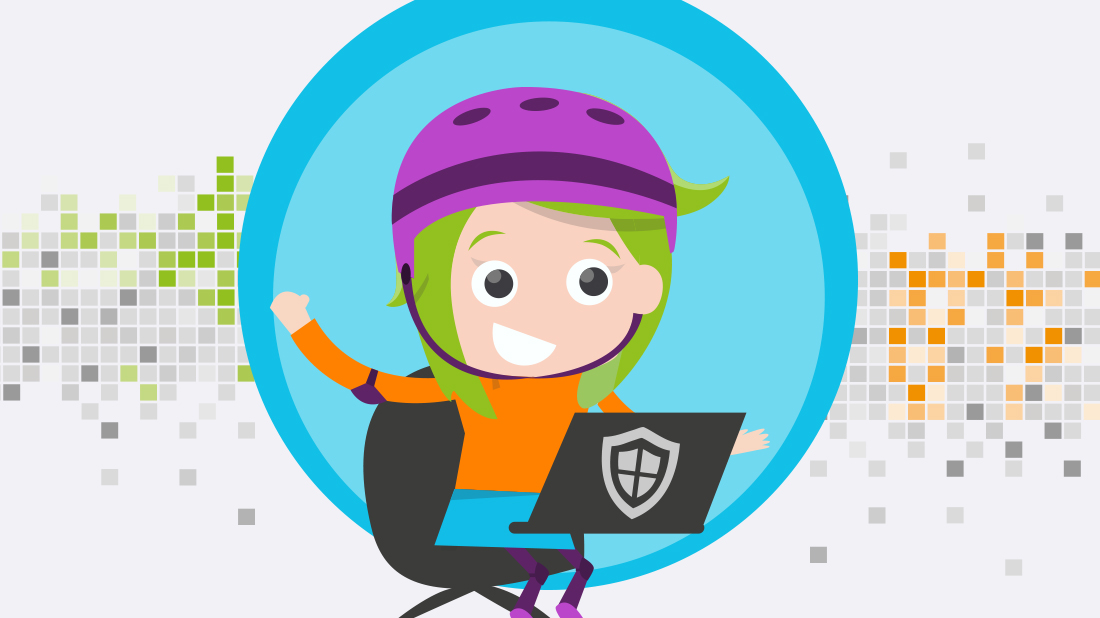
The subject of meteorology provides for interdisciplinary learning. Thus within the bounds of this project, scientific content and topics can be covered with a much larger context. That which lies outside the subject matter also gets brought in and furthermore socially relevant tasks are illustrated in their entirety.
In groups, the children and teens find information on the Internet about the science of meteorology and the work of meteorologists. They research to find out what data meteorology uses and how reliable weather apps and weather sites are. Then they step into the role of a weatherman or weatherwoman and collect weather data in order to create an own weather report. To conclude, the class’s own weather forecasts and work processes are presented and evaluated together in a group discussion.
They find out the definitions and backgrounds, record their research findings in writing and present them to the group.
Social form: individual work
The effects of different data sets are looked at and explained with the help of online resources about “Doppler radar” and “the farmer’s almanac,” which the children and teens look at in 2 groups.
Together as a learning group, they evaluate this new information with the question in mind: “What kind of data do meteorologists need in order to deliver accurate weather forecasts?”
Social form: group discussion
They prepare their own weather reports using the programs Easel and PowerPoint.
Social form: in-class discussion
They report on their experiences with the research, with the handling of the data and its visualization.
Social form: group discussion
Another starting point to this project could be the question of which occupations are affected by the weather. Other comparisons can also be used to introduce the lesson. Children and teens can closely examine two different climates, for example, such as the desert and tundra.
SCROLLER

